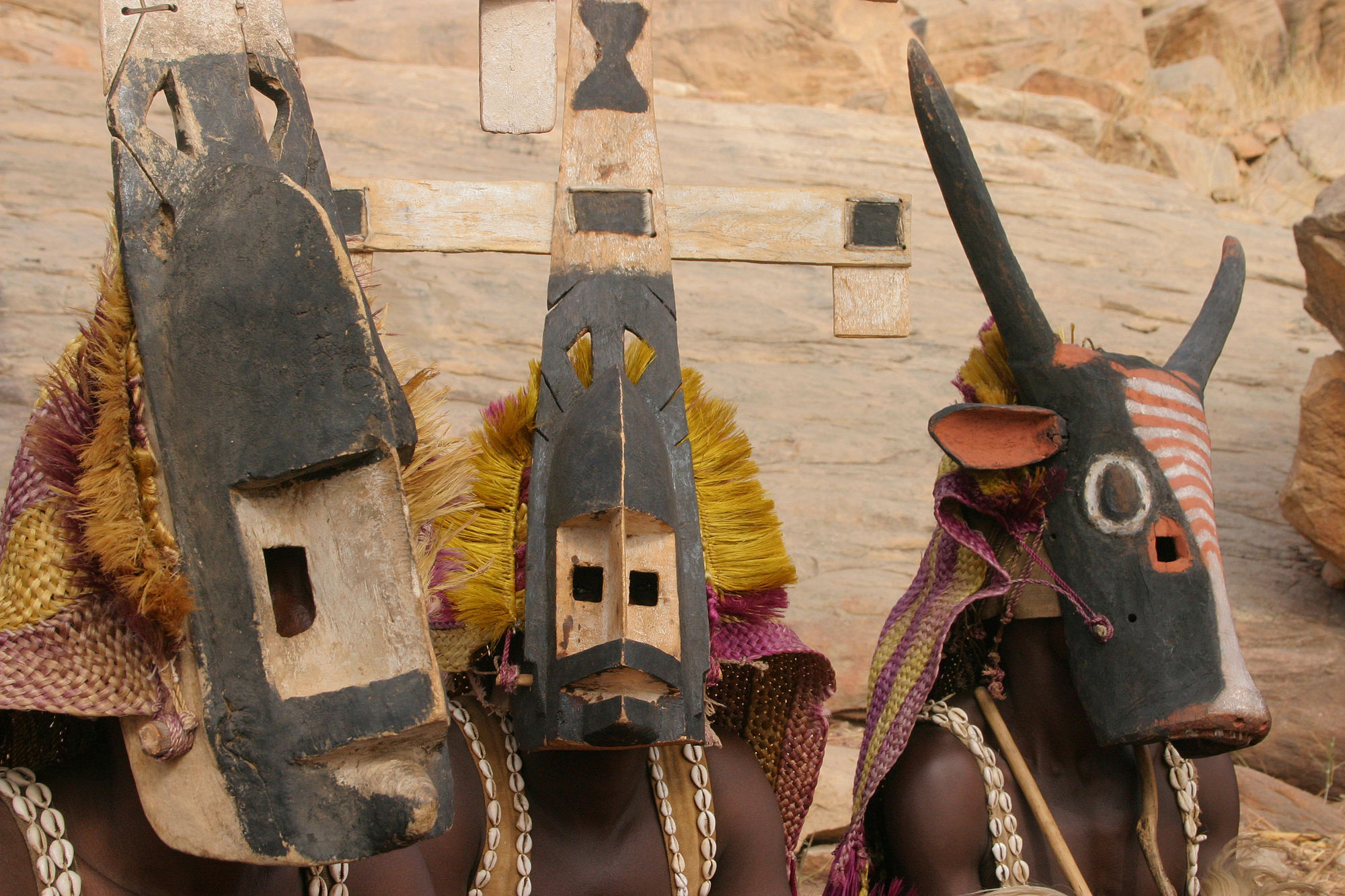The Evolution of 3-Step: From African Roots to London Clubs
The Origins of 3-Step
The dance style known as 3-Step has a rich history that traces back to the rhythmic beats of African music. It is deeply rooted in the traditional dances of African tribes, where movement and rhythm were essential elements of storytelling and cultural expression. In these communities, dance was not only a form of entertainment but also a pivotal part of rituals and ceremonies.
African dances are characterized by their intricate footwork, syncopated rhythms, and expressive movements. These elements laid the groundwork for what would eventually evolve into the 3-Step dance style. As African communities began to migrate and interact with other cultures, their dances and music started to blend with other influences, leading to the development of new dance forms.

The Journey to the Western World
As African music and dance began to make their way across the Atlantic, they found fertile ground in the vibrant cultural landscapes of the Americas and Europe. The introduction of African rhythms into Western music was a game-changer, giving rise to new genres such as jazz, blues, and later on, rock and roll. These genres embraced the syncopated beats and innovative footwork, elements that were familiar to the African dance tradition.
In the early 20th century, dances that incorporated 3-Step movements began to emerge in the bustling dance halls of cities like New York and Paris. As these dances gained popularity, they evolved to fit the tastes and styles of Western audiences. Yet, they retained the original energy and spirit of their African roots, showcasing the dynamic fusion of cultures.

The Rise of 3-Step in London Clubs
By the time the 1980s and 1990s rolled around, London had become a melting pot of cultures and musical styles. The club scene was thriving, and innovative DJs and dancers were constantly pushing the boundaries of what was possible on the dance floor. It was during this time that 3-Step truly came into its own, becoming a staple in London’s vibrant nightlife.
London's clubs were known for their eclectic mix of music, which included influences from reggae, hip-hop, and electronic dance music. The 3-Step style was perfectly suited to this environment, allowing dancers to express themselves freely through its fluid and adaptable movements. As a result, it became a popular choice among club-goers looking to showcase their individuality and creativity.

The Modern Influence and Legacy
Today, 3-Step continues to be an influential dance style, inspiring dancers and choreographers around the world. It has been integrated into various dance forms, including contemporary, hip-hop, and even ballroom dancing. The versatility of 3-Step allows it to transcend cultural and musical boundaries, making it a timeless and universal form of expression.
Moreover, the legacy of 3-Step is a testament to the power of cultural exchange and adaptation. It serves as a reminder that dance, much like music, is a living art form that continually evolves while honoring its origins. As new generations of dancers discover 3-Step, they bring their unique perspectives and innovations, ensuring that this dynamic dance style will continue to thrive for years to come.

Conclusion: The Enduring Appeal of 3-Step
From its African roots to the electric energy of London clubs, the evolution of 3-Step reflects a journey of cultural fusion and creativity. This dance style has not only survived the test of time but has also flourished by embracing change and diversity. Its ability to adapt and inspire makes it a beloved staple in the dance community, appreciated by dancers and audiences alike.
As we look to the future, the story of 3-Step is far from over. With each new beat and every fresh movement, this dance style continues to evolve, carrying with it the rich history of its past and the promise of its future. Whether on the streets, in clubs, or on stage, 3-Step remains a celebration of rhythm, movement, and culture.